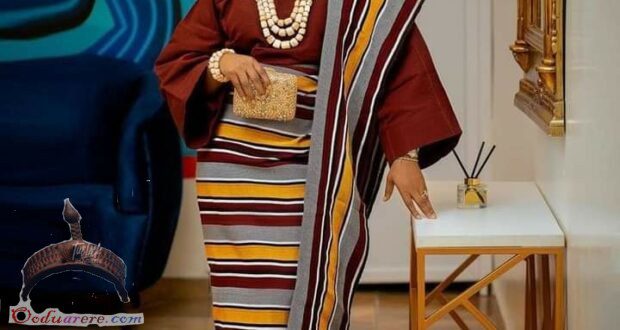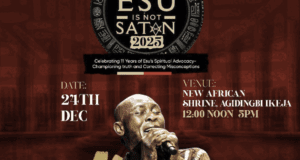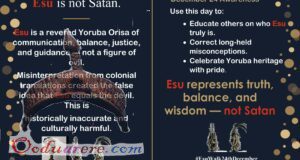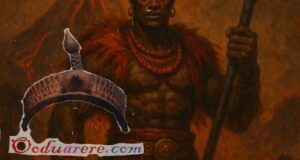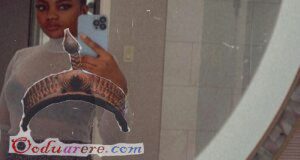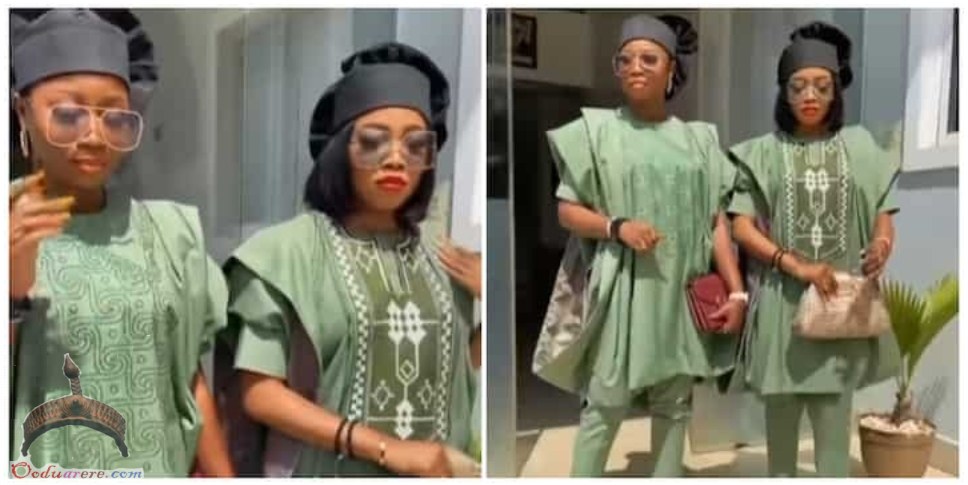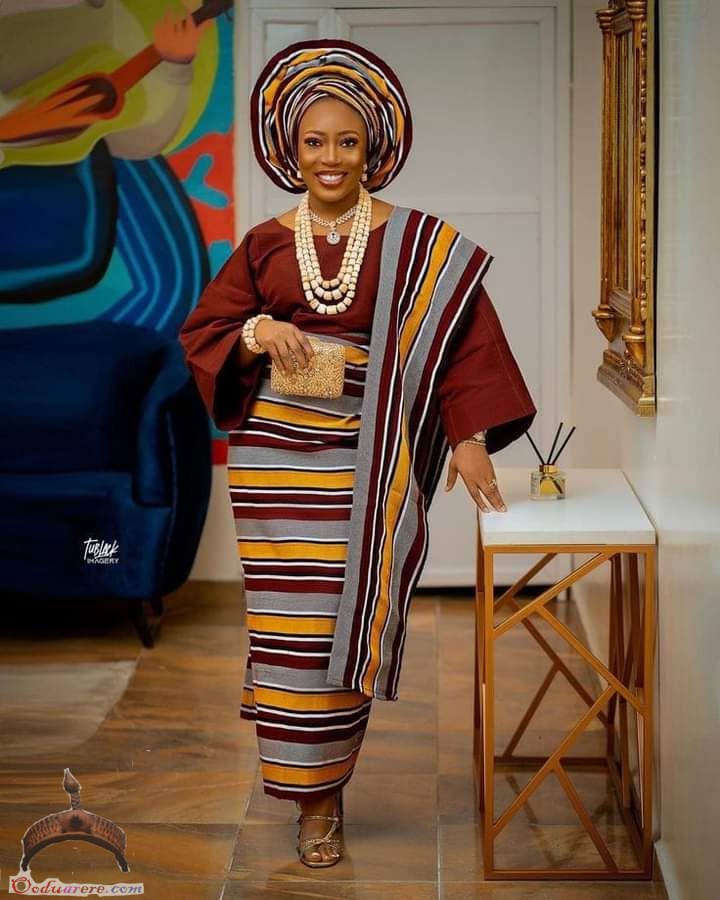
What is Aso-Òkè?
Aso Oke (pronounced ah-SHOW-kay) is short for Aso Ilu Oke which can be interpreted means clothes from the countryside. It can be sometimes known as Aso-Ofi. Ofi identifies the seat of the weavers take a seat on when weaving the cloth.
It is just a hand-woven cloth made mostly by the Yoruba tribe of southwest Nigeria. There’s a vast tradition of strip woven textiles in Africa and West Africa specifically; for instance Kente from Ghana or Akwete from Eastern Nigeria and Burkina Fasso’s Faso Dan Fani. The woven strips produced are normally sewn together to create traditional clothing.
The clothing created from Aso-Òkè is worn to special events such as festivals, weddings, coronations, and the like. It can be what traditional rulers wear especially during such festive occasions. It sometimes appears as probably the most special of traditional fabrics in Nigeria. It serves traditionally as formal wear. Aso-Oke is usually also worn as Aso-Ebi (ebi meaning friends, and/or family) where similar colours are worn by all to a certain event to symbolise unity.
Originally there have been three main kinds of traditional Aso-oke based on the colours.
Types of Aso-Òkè
ETU:
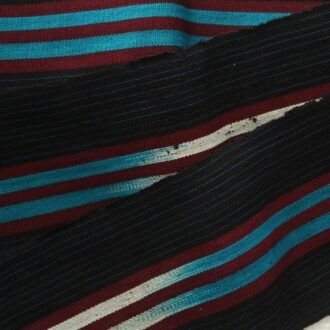
Etu is just a deep blue, indigo-dyed cloth often with very thin light blue stripes. Etu means guinea fowl, and the cloth is believed to resemble along with of the bird’s plumage.
SANYAN:
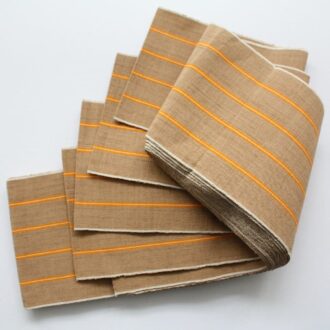
Sanyan is woven from the beige silk obtained locally from the cocoons of the Anaphe moth. This is left undyed forming a light brown/beige cloth. The custom was to wear Sanyan to weddings and funerals.
ALARI:
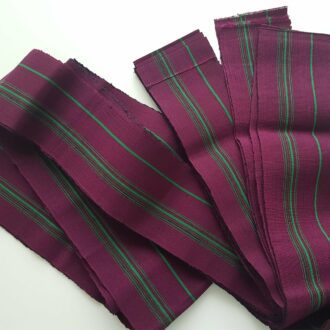
Alaari is woven from magenta waste silk and could be the deep red version of Aso oke.
Today, aso-oke comes in a vast array of colours and designs which can be no further restricted to traditional colours.
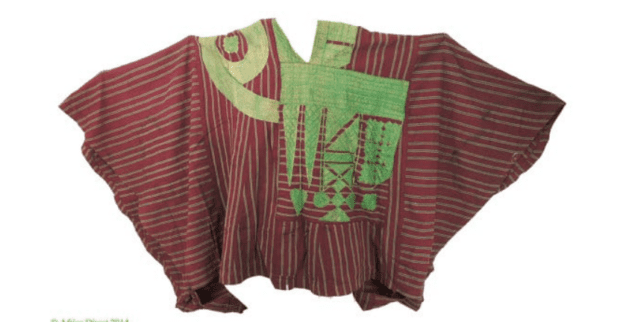
Vintage Agbada Aso Oke from Africa Direct on Etsy
Production
The cloth is produced mainly in Iseyin (Oyo state), Ede (Osun state) and Okene (Kogi state) all in Southern Nigeria.
“Sanyan ni baba aso, alari ni baba ewu.”
WOMEN- The complete outfit for a Yoruba woman consists of the following elements;
- Iro– a large wrapper tied like a wrap-around skirt
- Buba– a loose fit blouse worn on top
- Gele– a head-tie
- Pele– a shawl that goes around the waist or over the shoulder
- Iborun– a scarf
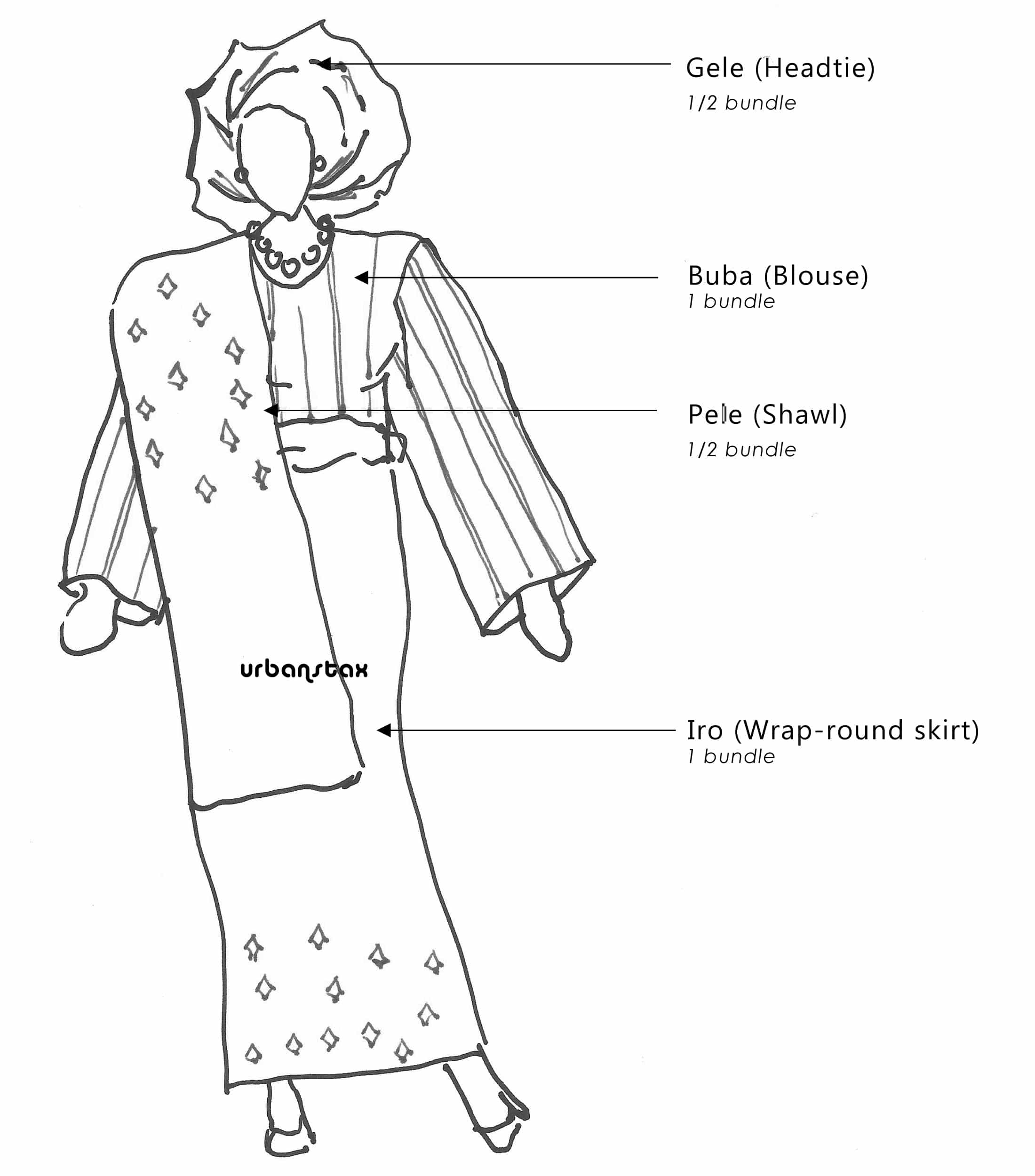
MEN- The complete outfit for a Yoruba man consists of the following elements;
- Buba– a loose fit top/shirt
- Shokoto– loose fit trousers
- Agbada– a large robe worn over the Buba
- Fila– a soft cap
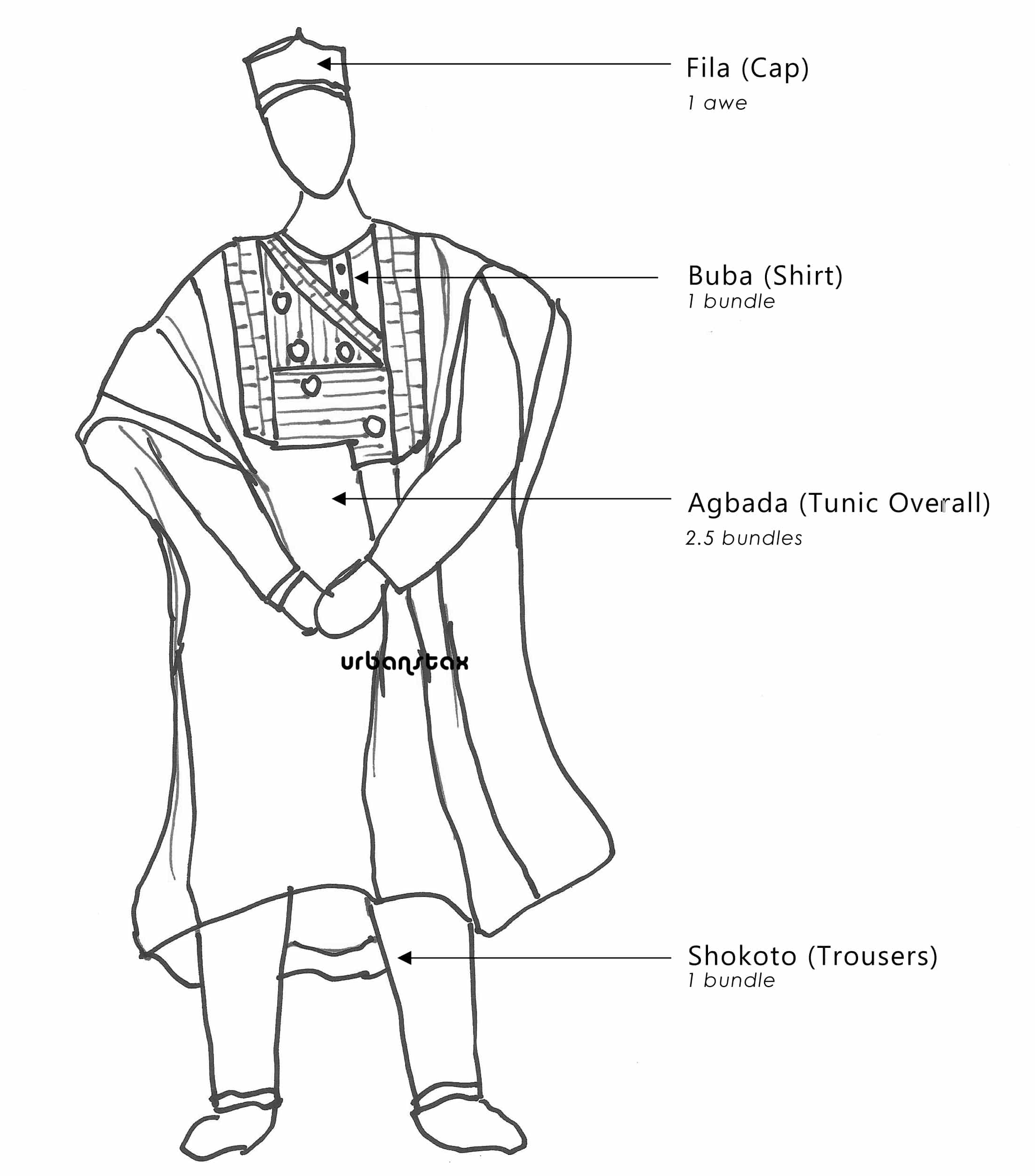
Where to buy Aso-Òkè
Finally, do check out this selection of Aso oke, be it for a traditional outfit or something that you have been inspired to make.
 Ọmọ Oòduà Naija Gist | News From Nigeria | Entertainment gist Nigeria|Networking|News.. Visit for Nigeria breaking news , Nigerian Movies , Naija music , Jobs In Nigeria , Naija News , Nollywood, Gist and more
Ọmọ Oòduà Naija Gist | News From Nigeria | Entertainment gist Nigeria|Networking|News.. Visit for Nigeria breaking news , Nigerian Movies , Naija music , Jobs In Nigeria , Naija News , Nollywood, Gist and more

